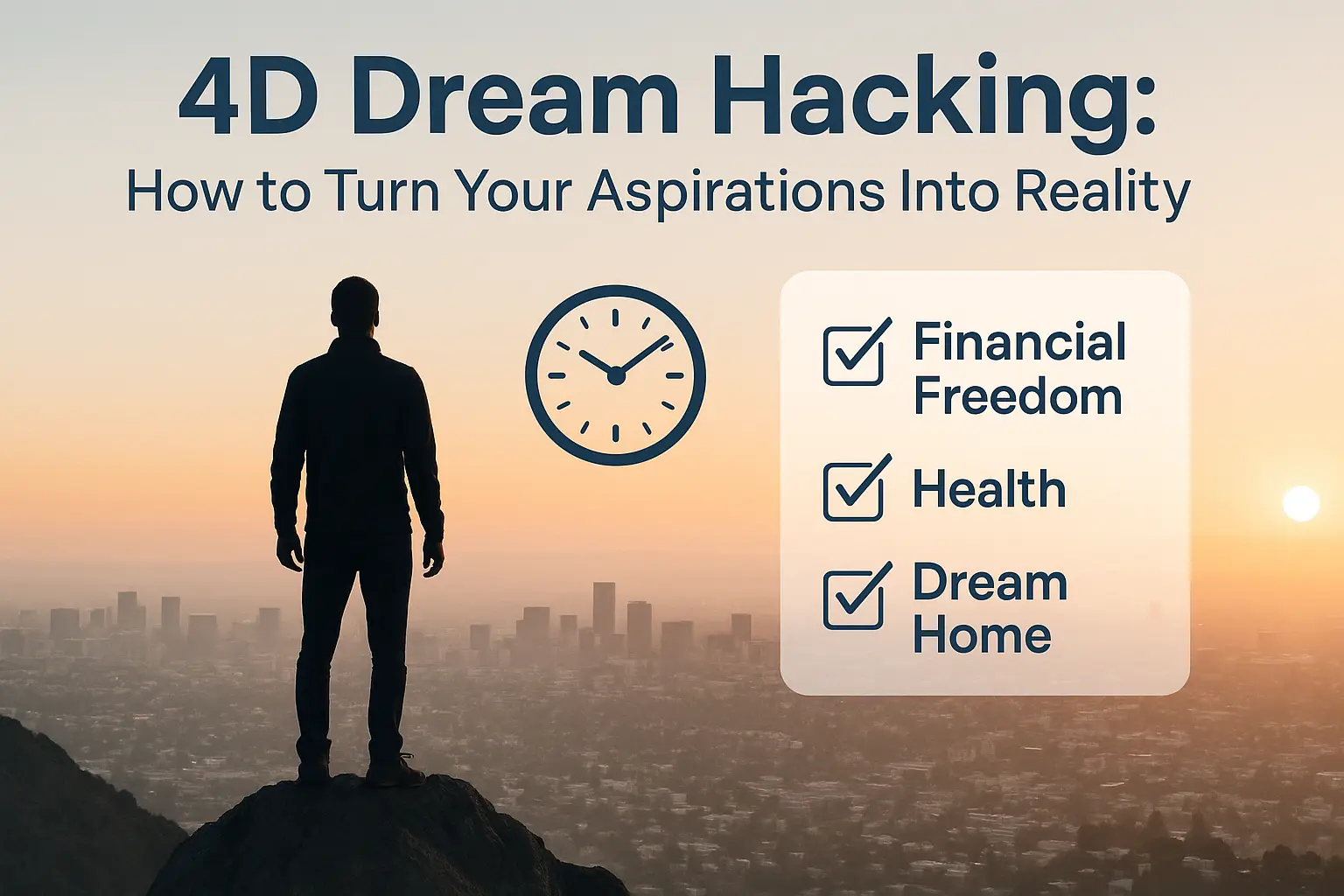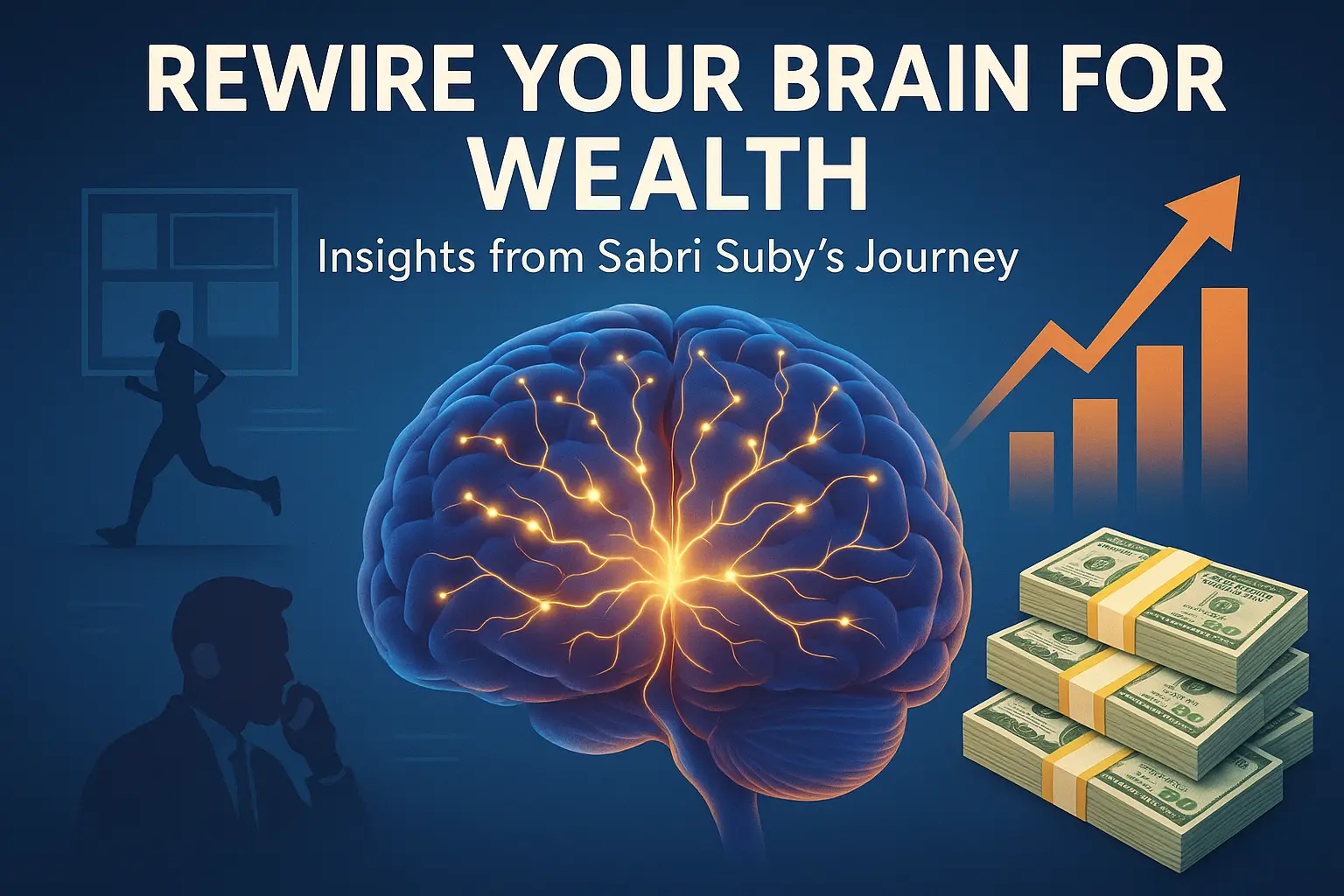Are you an “idea person” with a burning desire to launch a startup but feel limited by technical skills, budget, or time? In a groundbreaking session from My First Million and The Startup Ideas Podcast, Greg Isenberg unveils his precise 6-step framework for building AI startups in just 3 hours, with an investment of less than $500.
Greg’s approach isn’t about traditional coding or hiring large teams. It’s about harnessing the power of AI agents and cutting-edge tools to streamline every aspect of startup creation – from ideation to launching and even automating sales. As Greg puts it, he’s showing how he personally replaces a developer, salesperson, designer, marketer, researcher, and product manager – all with AI agents.
This guide summarizes Greg’s entire process, providing the workflow and tools you need to follow along. However, to truly grasp the nuances and hidden gems of his strategy, watching the full video embedded below is essential.
The 6-Step AI Startup Blueprint
Greg’s methodology is designed for solo founders, side-hustlers, and anyone who wants to turn their ideas into revenue-generating businesses at lightning speed.
Step 1: Finding the Right Idea/Trend with Ideabrowser.com
Many aspiring entrepreneurs get stuck at the first hurdle: finding a truly viable idea. Greg bypasses this challenge by focusing on identifying rapidly emerging trends and validating ideas quickly.
What it is: Ideabrowser.com, a tool Greg built for himself, delivers a new business idea daily. It uses AI to analyze massive datasets, including search trends, social media discussions, and competitive landscapes, to identify high-potential opportunities.
Why it’s crucial: Building a business on a rising trend significantly reduces the effort required for marketing and customer acquisition. The tool provides a “Founder Fit Assessment,” which helps you evaluate if an idea aligns with your personal strengths and experience, ensuring you’re building something you’re uniquely positioned for.
How Greg uses it: He leverages Ideabrowser’s daily insights, opportunity/problem scores, and market analysis to identify promising ventures. He stresses the importance of choosing an idea with strong “Why Now?” and “Go-to-Market” potential.
Step 2: Sketching Out the Idea (Human + TLDRaw)
Once you have an idea, the next step is to visualize its core functionality and user flow. This isn’t about detailed design, but rather a high-level sketch.
What it is: TLDRaw.com is a free, simple sketching tool that allows you to create flowcharts, diagrams, and basic wireframes.
Why it’s crucial: Visualizing your idea forces you to think through the logical steps and potential user interactions. More importantly, Greg highlights that providing a visual input to advanced LLMs (like GPT-4, Claude, Grok, Perplexity) yields significantly better and more structured outputs compared to text-only prompts.
How Greg uses it: He sketches out the basic workflow of his idea (e.g., an AI-powered quiz funnel for SEO visibility). He then feeds these sketches directly into powerful AI agents (like Manus.ai, see Step 3) to guide their understanding and output. This human-in-the-loop approach supercharges the AI’s ability to grasp complex concepts.
Step 3: Scoping Out the MVP (Manus.ai)
With a clear idea and a visual sketch, it’s time to define your Minimum Viable Product (MVP) and a detailed execution plan. This is where AI agents truly shine.
What it is: Manus.ai is a general AI agent that, as its tagline suggests, “doesn’t just think, it delivers results.” It acts as a comprehensive project manager, performing research, analysis, and task generation.
Why it’s crucial: Instead of hiring a product manager or spending hours on manual research, Manus.ai can deliver detailed insights into revenue potential, go-to-market strategies, competitive analysis, and even a personalized “Founder Fit” score based on your unique profile.
How Greg uses it: Greg feeds Manus his idea and visual sketches, then prompts it with specific goals (e.g., “Develop a high-converting landing page for an AI SEO quiz”). The key is to instruct Manus to “Ask me any questions before you get started” to ensure alignment and thoroughness. Manus then generates a detailed project plan, including tasks, sub-tasks, and even recommended tools. Greg emphasizes that Manus.ai can “watch” its own internet searches in real-time, allowing for dynamic feedback and superior results compared to standard LLMs.
Step 4: Vibe Coding a Prototype (Bolt.new)
Now that you have a detailed plan, it’s time to bring your product to life with a functional prototype.
What it is: Bolt.new is a platform that allows you to “vibe code” websites and web applications directly from a prompt. It focuses on clean, modern, and aesthetically pleasing designs.
Why it’s crucial: Gone are the days of needing a dedicated developer for an MVP. Bolt.new enables non-technical founders to rapidly create a functional prototype, testing their ideas with real users without significant upfront investment.
How Greg uses it: Greg takes the detailed prompt generated by Manus (which includes specifications for the landing page, quiz funnel, and design aesthetics) and feeds it directly into Bolt.new. Within minutes, the platform generates a working website, complete with forms, user interfaces, and even dynamic elements, ready for immediate testing and iteration.
Step 5: Vibe Marketing the Business (Lindy.ai)
Having a product is only half the battle; you need to get it in front of the right customers. AI can also automate your marketing and sales efforts.
What it is: Lindy.ai is an AI assistant designed to automate various tasks, including personalized outreach, lead qualification, email negotiation, and more. It can integrate with your existing tools and knowledge bases.
Why it’s crucial: Automation is key to scaling customer acquisition without a large sales or marketing team. Lindy.ai can handle repetitive tasks, allowing founders to focus on higher-level strategy.
How Greg uses it: Greg sets up workflows in Lindy.ai to detect potential customers (e.g., those who like a LinkedIn post about AI SEO). Lindy then enriches their data (e.g., gets their email/phone from LinkedIn) and qualifies them based on predefined criteria. If a lead is qualified, Lindy automatically sends personalized outreach emails/texts. It can even conduct multi-round negotiations based on a set discount policy, and if a deal is closed, it notifies the sales team via Slack. This creates a fully automated, AI-powered sales funnel.
Step 6: AI Agent Product Manager (Ideabrowser.com - Continuous Iteration)
The final step isn’t really a “final” step, but a continuous loop of improvement and iteration. This is where your AI agent truly becomes a co-founder.
What it is: Revisit Ideabrowser.com, but this time, instead of generating new ideas, you feed it your existing business idea and ask it to generate a comprehensive research report.
Why it’s crucial: This report provides ongoing market analysis, identifies new opportunities, highlights potential problems, and suggests actionable steps for growth. It acts as your always-on product manager, constantly evaluating market fit and identifying areas for improvement.
How Greg uses it: He submits his AI startup’s details to Ideabrowser, which then uses various AI agents to scour the internet (Reddit, Facebook groups, YouTube, search trends) and provide a comprehensive report. This report includes competitor analysis, target audience insights, potential revenue, and even framework fits (like Alex Hormozi’s Value Equation). Greg can even ask follow-up questions to the AI agent for deeper insights, turning it into a dynamic, intelligent co-founder. This allows for continuous product and marketing iteration, ensuring the startup stays aligned with market needs and trends.
Key Takeaways from Greg Isenberg's AI Startup Blueprint
AI is Your Unfair Advantage: Leverage AI agents to replace costly and time-consuming manual tasks, significantly reducing the barrier to entry for building and launching startups.
Focus on Trends: Building on emerging trends makes customer acquisition and product-market fit easier to achieve.
Visual Prompts Yield Better Results: When interacting with LLMs, providing visual context (like sketches from TLDRaw) leads to more accurate and useful outputs.
Automate Everything: From lead generation and qualification to initial customer outreach and even simple negotiations, AI can automate repetitive tasks, freeing up founders’ time.
Continuous Iteration: Use AI as an ongoing product manager and researcher to constantly validate and refine your business idea, ensuring long-term viability and growth.
Tools Mentioned in Greg Isenberg's Guide
Idea Generation & Validation:
- Ideabrowser.com: AI-powered platform for finding new business ideas, trend analysis, market research, competitor insights, and founder fit assessment.
Workflow Visualization:
- TLDRaw.com: A free, simple online sketching tool (similar to FigJam or Miro) for drawing diagrams and flowcharts, useful for visualizing ideas and prompting LLMs with images.
Rapid Prototyping:
- Manus.ai: A general AI agent that acts as a comprehensive project manager, conducting research, generating detailed plans, and executing tasks based on visual and text prompts. (Note: Mentioned to be Chinese origin, use discretion with sensitive data).
- Lindy.ai: An AI assistant for automating marketing and sales workflows, including lead enrichment, personalized email/text outreach, and negotiation.
- Gumloop: (Mentioned as an alternative to Lindy)
- N8N: (Mentioned as a technical workflow automation tool, similar to Zapier).
AI Agent / Process Automation:
- Bolt.new: A platform for “vibe coding” websites and web applications directly from a prompt, enabling quick and aesthetically pleasing prototype creation.
- Cursor.sh: (Mentioned as a more technical coding tool)
- Replit: (Mentioned as a more technical coding tool)
- Winsurf: (Mentioned as a more technical coding tool)
Data Storage & Database:
- Supabase: (Mentioned as a database solution, an open-source alternative to Firebase).
AI Models (Integrated within other tools):
- ChatGPT: OpenAI’s large language model.
- Claude: Anthropic’s large language model.
- Perplexity.ai: AI-powered search engine.
- Grok: xAI’s large language model.
This guide provides a comprehensive overview of Greg Isenberg’s innovative approach. However, the true depth of his insights, practical demonstrations, and real-time workflows are best experienced by watching the full video.
Watch the full video now to unlock all the lessons and workflows mentioned in this guide!



